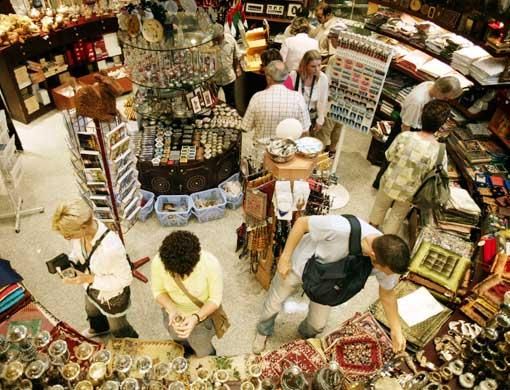Dubai: Dubai's target of attracting 15 million tourists by 2010 could be jeopardised by delays in construction of new hotels and a lack of airline routes, according to a prominent hospitality consulting company.
Ahmad Ramdan, managing director of Dubai-based Roya International, said the government's target "is challenging, but achievable".
"Hotel accommodation is a problem, but an even bigger issue is transportation. When we go to (international travel events), a common complaint among tour operators is that airlines are not giving enough allotment (to Dubai)," he said.
Speaking at a meeting of the Dubai Property Group, Ramdan said Dubai must provide more three- and four-star family and business accommodation if it wants to reach its targets.
A greater stock of hotels outside the well-supplied luxury sector would also help to stabilise Dubai's "unhealthy" $249 a night average room price and 83.1 per cent occupancy rate, the world's highest figures in each category.
"The fear is that we will out-price ourselves," he said.
Despite these challenges, Ramdan painted an overall positive picture of the UAE's travel and tourism sector and said it can maintain healthy growth rates.
In 2006, the sector earned about Dh97 billion - a figure expected to surge to Dh170.7 billion by 2016. Capital investment in the industry crossed the Dh30 billion mark, accounting for 28 per cent of total investment, according to government figures.
"In the UAE, the industry grew by five per cent, which is better than the overall growth internationally," said Ramdan.
According to figures gathered by Roya from a variety of sources, 28.7 million passengers passed through Dubai International Airport in 2006, and 6.44 million guests stayed in its hotels. Projections show the number of hotel rooms will grow to 110,000 by 2016.
Meanwhile, the World Tourism and Travel Council said the UAE ranked 18th in the world in terms of international tourism competitiveness, which is benchmarked against factors such as safety and security, health and hygiene, infrastructure, price competitiveness. Switzerland was placed first.
"The UAE and especially Dubai are now beginning to reap the benefits of investing in tourism, a policy which began with the establishment of the Dubai Department of Tourism and Commerce Marketing in 1997, followed by the launching of Burj Al Arab in 1999 and the flood of hotels, resorts and entertainment facilities which came online since," said Adel Lootah, executive director of the Dubai Property Group.
Fact file: Total guests in emirate exceed 6.4m
- 4.5 per cent international tourism growth in 2006 compared to 5 per cent in the UAE.
- Overall travel and tourism generated Dh541.6 billion of economic activity in the Mideast in 2006 compared to Dh96.6 billion in the UAE.
- UK citizens accounted for most tourist arrivals in the Dubai at 687,000 in 2006, followed by Saudi Arabia with 511,000. The US was fifth with 313,000.
- Total guests in 2006 in Dubai exceeded 6.4 million.
- Total number of hotel rooms in Dubai reached approximately 32,000 in 2006, compared to 49,000 available beds.
- Average spending per traveller in Dubai was Dh6,429 per day in 2006.
- In Abu Dhabi, $10 billion will be invested in the sector over the next ten years. Its hotels generated Dh8.6 billion 2006 from 1.35 million hotel guests.
- In the UAE, one in every 8.5 per cent of jobs is travel and tourism related, according to Roya research.












